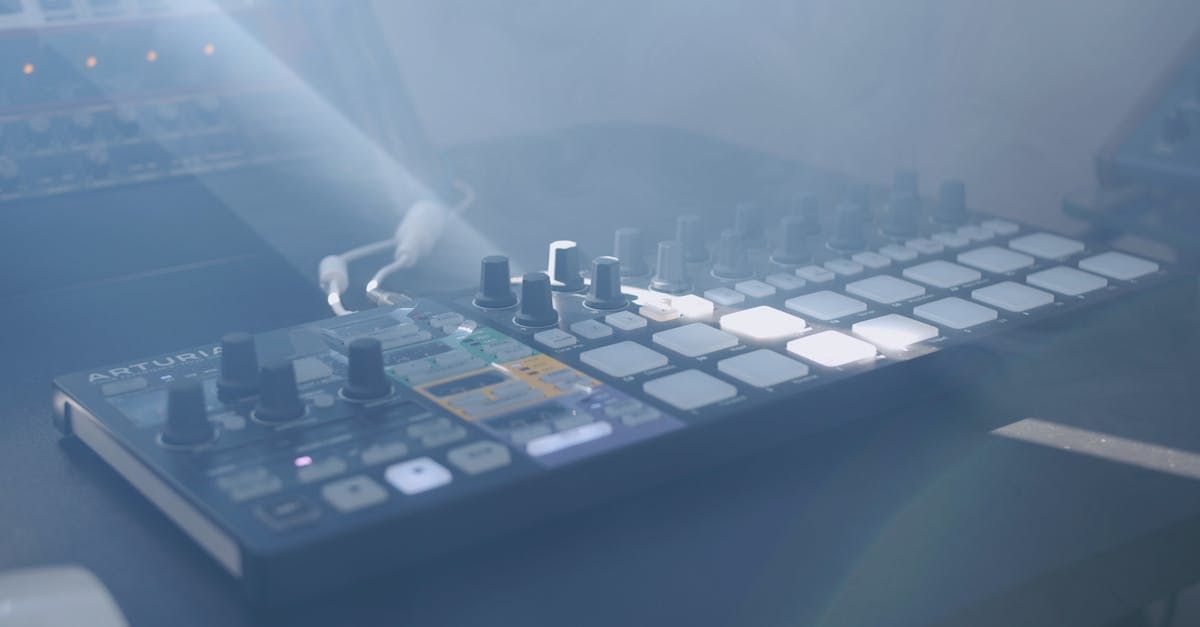Take a seat at the piano with Instructor RYKR as he demonstrates how to play a more melodic sounding bassline with slash chords.
Melodic Bassline Overview
In this segment from the Icon’s Blueprint Curriculum, Instructor RYKR explains how to use slash chords to create smoother bassline inversions that sound more melodic.
RYKR also takes you through a chord progression and explains how to use stepwise motion to make playing progression easier.
Melodic Motion
Stepwise motion allows you to transition from one note to the next up or down the scale in a linear motion. Also known as conjunct motion, stepwise makes it much easier to play progressions without jumping around. It also makes it easier for the listener to follow because the melody rises and falls smoothly in either full or half step intervals.
In contrast, leap motion is when the melody rises and falls, with large intervals between one note and the next. This motion is considered to be a disjunct melody and is less smooth sounding.
Some of the best melodies are incredibly effective because they are very straightforward and easy to follow.
The most compelling melodies employ both conjunct and disjunct motion. This method enables the listener to predict the next move, while simultaneously keeping them guessing where the progression is going.
The key here is to keep a steady balance of the two, or else you may lose your listener completely.
Slash Chords
Slash chords are formed when you play major or minor chords with an additional bass note that is different from the root of the chord. This method gives more emphasizes to the bass note rather than a chord’s root note. Chord progressions with alternate bass notes often sound more melodic.
Slash chords or compound chords are used mostly in modern music to accentuate a particular bassline in a chord progression.
These types of chords also have a unique sound and are used to express certain chord movements within the music.
Slash Chord Notation
Slash chords are notated with a standard chord symbol, followed by a forward slash, and the alternate bass note. For example, F/E or Dm/D. Slash chord notations are also used to indicate chord inversions or basslines.
When discussing slash chords musicians will typically say, “Play F slash E” or “Play D Minor over D.”
Learn Music Theory at Icon
Music theory is a study that allows us to understand the language of music. It is a set of guidelines and rules that help us recognize the different ways to express emotions with sound. Learning music theory is essential for enhancing your creativity and developing a keen sense of musical awareness. Delve deeper into the methods and concepts musicians use in creating music through our comprehensive Blueprint Curriculum.

Turn your passion for music into a Profession: Learn more about our Music School Programs!
Join our Newsletter
Get the the latest music industry insights, invites to exclusive events and workshops, and artist spotlights straight in your email.
MORE ARTICLES FROM THE ICON BLOG
FIND YOUR SOUND, HONE YOUR CRAFT:
Are you ready to turn music into a career? ICON prepares students to become music producers, composers, performers, recording artists, professional DJs, and entrepreneurs in the entertainment industry. Click below to get information about our award-winning programs:


